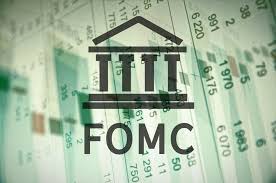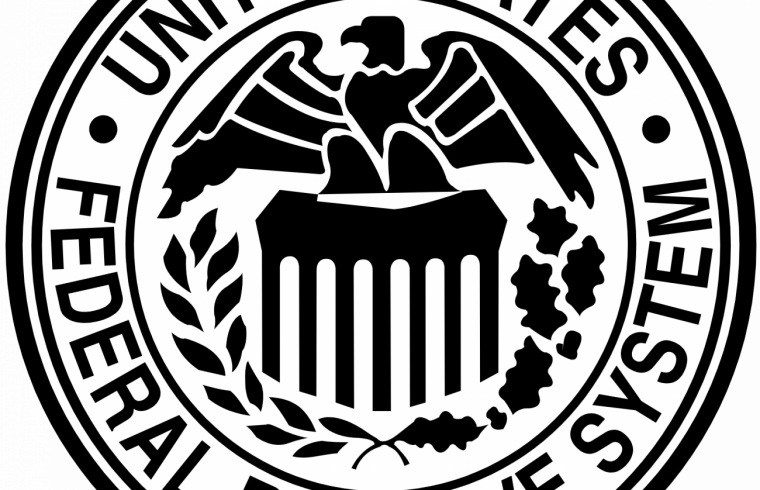It is good to be here in Richmond today.1 I appreciate my colleague, Tom Barkin, leading this event, and it is a pleasure to also be with Sherrie Brach Armstrong, CEO of the Community Foundation for a greater Richmond; Tim Davey, Timmons Group economic development manager; Shawn Smith, director of workforce development at Goodwill of Central and Coastal Virginia; and Robert Ukrop, chairman and CEO of Ukrop’s Homestyle Foods.
Today’s community listening session is part of a series called “Fed Listens.” The Federal Reserve is undertaking a review to make sure we are carrying out the monetary policy goals assigned to us by the Congress in the most effective way we can.2 In conducting this review, we are reaching out to communities around the country in sessions like this to understand how you are experiencing the economy day to day.
Two Goals
So what are the monetary policy goals the Congress assigned us? Congress has assigned the Federal Reserve to use monetary policy to achieve maximum employment and price stability. These two goals are what we refer to as our dual mandate. By price stability we mean moderate and stable inflation. Specifically, the Federal Open Market Committee (FOMC)—the group at the Fed responsible for determining monetary policy—has announced that our goal is to keep inflation around 2 percent over time. The maximum employment part of our dual mandate is straightforward: The Congress has directed us to achieve the highest level of employment—and thus the lowest level of unemployment—that is consistent with price stability.

While the Congress has specified the goals for monetary policy and a set of tools or authorities to pursue them, it has allowed the FOMC to determine how to best go about achieving those goals.
Reviewing How We Conduct Monetary Policy
Last year, core inflation was very close to our goal. And the unemployment rate is at a 50-year low. We are undertaking our review to ensure we are well positioned to meet our goals for many years to come.
We also want to make sure that the way we are setting monetary policy is keeping up with the way the economy is changing, which I have been referring to as the “new normal.”3 There are a few key features of that new normal. For example, interest rates have stayed very low in recent years not only in the United States, but also in many other advanced economies. For a variety of reasons, it seems likely that equilibrium interest rates will remain low in the future. Low interest rates present a challenge for the traditional ways of conducting monetary policy. That is especially true in recessions when, in the past, the Federal Reserve has typically cut interest rates by 4 to 5 percentage points in order to support household spending and business investment. But when equilibrium interest rates are low, we have less room to cut interest rates and thus less room to buffer the economy using our conventional tool. For example, following the most recent recession in 2008 and 2009, we kept interest rates as low as the Committee thought they could go, which was close to zero, for many years.
Another big change in the economy is that inflation doesn’t move as much with economic activity and employment as it has in the past. This is what economists mean when they say the Phillips curve is very flat. In many ways, the flatter Phillips curve has advantages: It means that the labor market can strengthen a lot and pull many workers that may have been sidelined back into productive employment without an acceleration in inflation, unlike what we saw in the 1960s and 1970s. Similarly, inflation doesn’t fall as much in recessions.
But there is an important risk with today’s low sensitivity of inflation to slack: It makes it more difficult to boost inflation to our objective of 2 percent on a sustainable basis. And, as we know from other countries, if inflation consistently falls short of the central bank’s objective, lower inflation tends to get embedded in people’s expectations. Expectations that inflation will remain low in turn can create a self-fulfilling dynamic with actual inflation, making it even more difficult for the central bank to boost inflation. And because inflation is reflected in nominal interest rates, that, in turn, can also reduce the amount of policy space the central bank has available to prevent the economy from slipping into recession.
In fact, in recent years, central banks around the world have had to use a larger variety of policy tools than they traditionally used to respond to the financial crisis and support economic expansion.
Some Issues to Explore
Given the new normal of low equilibrium interest rates and low sensitivity of inflation to slack, it is prudent to assess how well various approaches worked both here and around the world, with a view to identifying the best ways to promote the goals the Congress assigned to us. As such, we will be looking widely at our tools and strategies, assessing not just the various approaches that were undertaken, but also approaches that have been proposed but not tried.
One of those is the idea that the Federal Reserve should explicitly promise to “make up” for the fact that interest rates can’t be cut as much as during past recessions. The Federal Reserve could hold interest rates lower after a recession is over, perhaps by promising not to raise interest rates until inflation or the unemployment rate have reached a particular level.
A related idea is average inflation targeting, meaning the Fed would aim to achieve its inflation objective on average over a longer period of time—perhaps over the business cycle. So if inflation fell short during a recession, the Federal Reserve would aim at inflation above target during the recovery and expansion. This approach would also have aspects of a make-up policy, as policy would likely be kept easier—that is, more accommodative—than otherwise during the period where inflation is above target.
While such approaches sound quite appealing on their face, they have not yet been implemented in practice. There is some skepticism that a central bank would in fact prove able to support above-target inflation over a sustained period without becoming concerned that inflation might accelerate and inflation expectations might rise too high.
Another idea I would like to hear more about involves targeting the yield on specific securities so that once the short-term interest rates we traditionally target have hit zero, we might turn to targeting slightly longer-term interest rates—initially one-year interest rates, for example, and if more stimulus is needed, perhaps moving out the curve to two-year rates. Under this policy, the Federal Reserve would stand ready to use its balance sheet to hit the targeted interest rate, but unlike the asset purchases that were undertaken in the recent recession, there would be no specific commitments with regard to purchases of Treasury securities. Similar to make-up policies, such an approach could help communicate publicly how long the Federal Reserve is planning to keep rates low.
I should emphasize that these are just a few ideas; there may be other good ideas, and part of the process we are engaged in involves looking around for other ideas. Most, if not all, of the ideas have both advantages and disadvantages, and we will have to consider them carefully as our review progresses. Of course, we may find that the preferred approach is modest enhancements to the tools that proved their worth during the crisis.
Listening
Now, how does today’s event fit into all of this? Just as the Federal Reserve Bank of Richmond is sponsoring today’s event with representatives of its local community, so too are other Reserve Banks sponsoring similar events. We are making sure to hear from people across the country. We will also hold a national-level conference in Chicago in June. And, in addition to presentations from prominent outside experts, we made sure to add panels to hear from community organizations, training institutions, and other groups that can give us insights on how monetary policy is affecting Main Street.
Since I arrived at the Fed, I have put a premium on visiting communities all over the country to get a direct sense of how they are experiencing the economy. In fact, my first such visit was in this District with community development staff from the Federal Reserve Bank of Richmond. Due to the wisdom of the Fed’s original architects, the Federal Reserve System derives tremendous value from interacting with communities from all around the country. In 2015, we created a Community Advisory Council at the Federal Reserve Board, where we hear from a broad variety of community groups and others. And many of the regional Federal Reserve Banks have similar councils, including the Richmond Fed’s Community Investment Council.
In our review this year, we are listening broadly and are seeking perspectives at the community level. So today we want to hear from you. How is your community experiencing today’s economy? Is everyone who wants a job able to get one? Can they get the necessary training? Are businesses finding it relatively easy to hire the workers they need? What about inflation and pricing power? And what about the availability and cost of credit—whether it be to start or expand a small business, buy a car to get to work, or invest in owning a home or getting a degree? I look forward to hearing your views on these and other questions.












